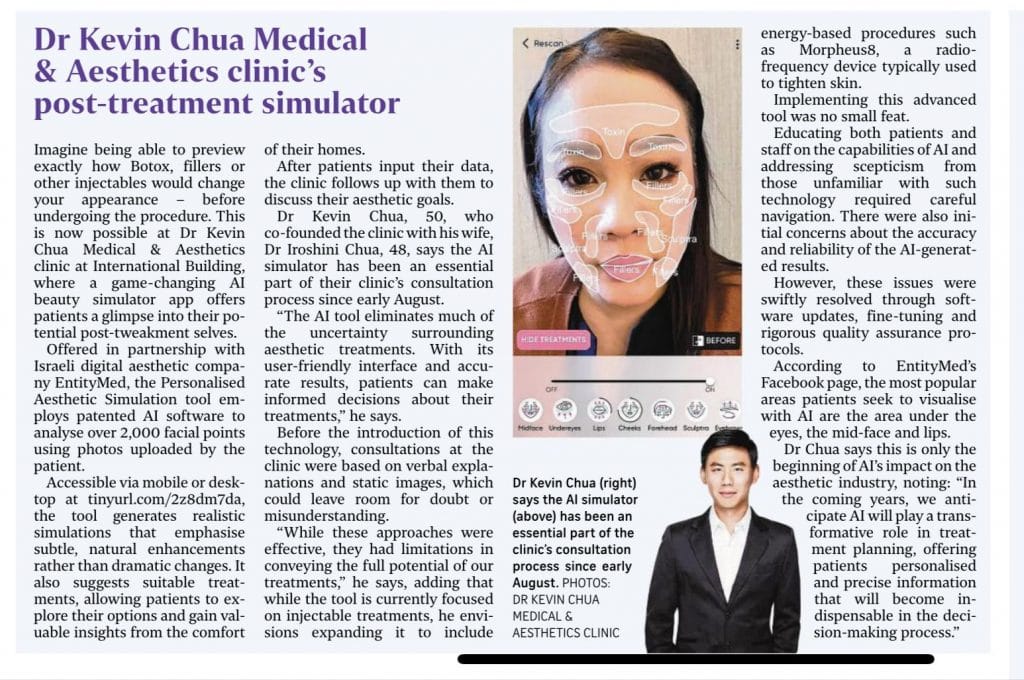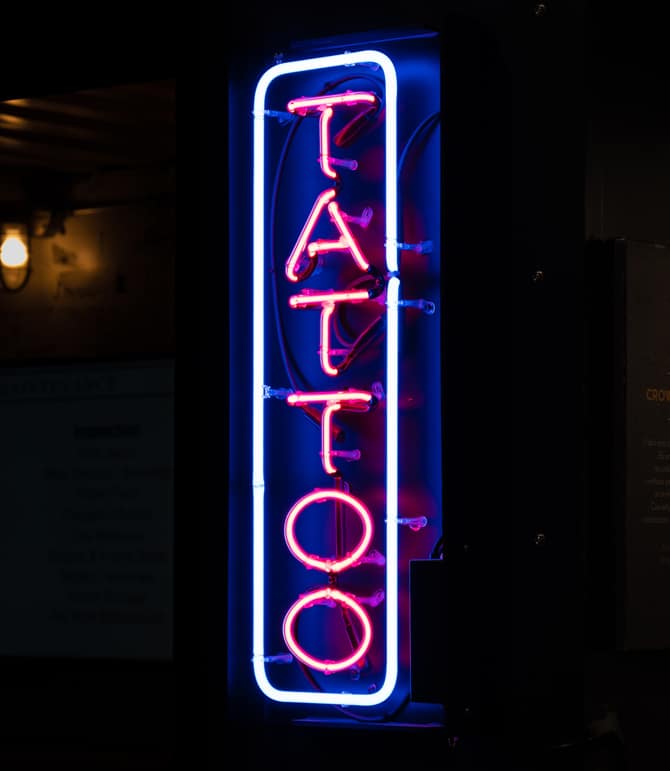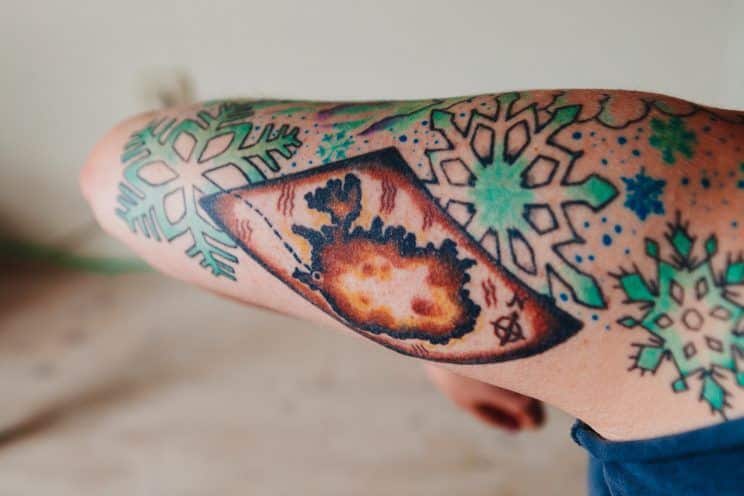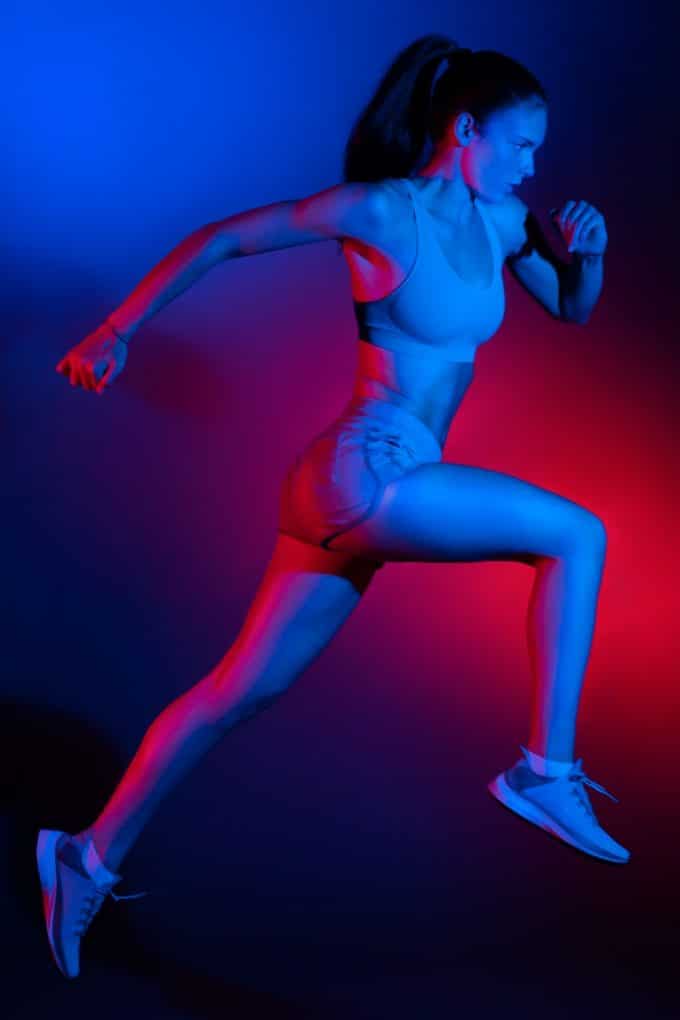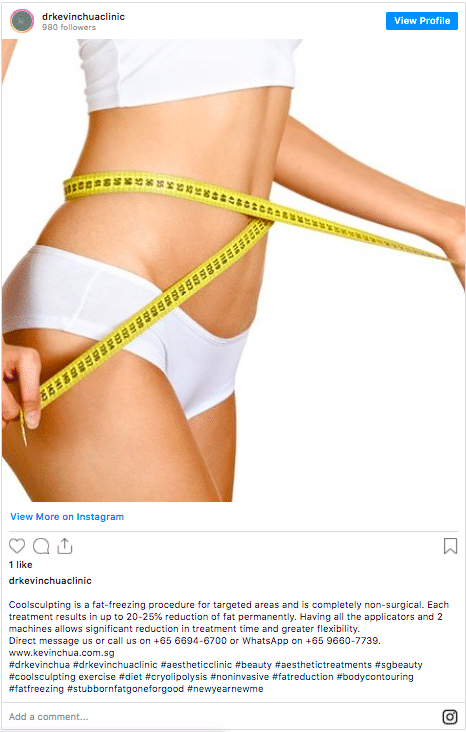The Morpheus8 treatment is a non-invasive skin treatment that combines microneedling with radiofrequency (RF) energy to improve skin tone, texture, and firmness. In Singapore, the treatment is commonly sought by individuals looking to address signs of ageing, acne scars, or skin laxity without undergoing surgical procedures.
For those considering Morpheus8 in Singapore for the first time, this guide outlines what first-time patients can expect, including treatment experience, downtime, and essential aftercare recommendations.
Who Typically Seeks Morpheus8 Treatment in Singapore?
The Morpheus8 treatment is generally suitable for adults aiming to improve mild to moderate skin laxity, uneven texture, and acne scarring. It can be popular among those looking for visible results without undergoing invasive procedures.
It may not be recommended for individuals with active skin infections, open wounds, or certain underlying conditions. Additionally, pregnant individuals are usually advised to defer treatment.
Commonly Treated Areas
The Morpheus8 treatment is often performed on the following areas:
- Face (cheeks, jawline, forehead)
- Neck
- Periorbital area (under-eyes)
- Décolletage.
It may also be used on the abdomen or upper arms for localised skin tightening, though facial zones remain the most popular in Singapore.
Preparing for the Session
Clinics typically begin a Morpheus8 treatment with a consultation to assess the skin and discuss treatment objectives. Targeted concerns often include fine lines, sagging skin, enlarged pores, and uneven tone.
In preparation, patients are usually advised to:
- Avoid alcohol, anti-inflammatory medications, and retinoids for at least 48 hours
- Minimise sun exposure
- Refrain from undergoing recent chemical peels or intensive skin treatments.
On the day of treatment, a topical numbing cream is applied to the face for 30 to 60 minutes before the procedure. This helps reduce the discomfort associated with microneedling and RF energy delivery.
What to Expect During the Procedure
The Morpheus8 device uses ultrafine needles to penetrate the skin at various controlled depths, delivering RF energy into the dermis. This combination is designed to stimulate collagen and elastin production over time.
Sensation and Discomfort Level
Discomfort levels vary between individuals, but the numbing cream can be effective in reducing the amount of pain felt.
Patients often describe the feeling as a series of quick pricks combined with a warming effect. Thinner areas of skin, such as the under-eyes or forehead, may be more sensitive, while areas with more fat tissue, such as the cheeks, tend to be more manageable.
The treatment duration ranges from 30 to 60 minutes, depending on the size of the area being treated. Clinics often use cooling fans during the session to minimise the sensation of heat.
Immediately After Treatment
Post-treatment, the skin typically appears red and slightly swollen, similar to a moderate sunburn. Small grid-like marks from the microneedling process may be visible, particularly on the cheeks and jawline. These marks usually fade within a few days.
Patients are advised to avoid makeup, direct sunlight, hot environments, and strenuous activities for at least 48 hours. Most clinics in Singapore typically provide a gentle skincare regimen to support healing.
Recovery Timeline: First 72 Hours
Day 1
Redness and warmth are common. Sleeping with the head slightly elevated can help reduce swelling. Skin may feel tight or mildly itchy, which is a normal part of the healing response.
Day 2
Redness generally begins to subside. Microneedle impressions may still be visible, but are usually less noticeable. Skincare should remain gentle, avoiding products with active ingredients.
Day 3
Swelling typically resolves further. Patients can usually return to normal daily activities, although sun protection remains critical. Makeup may be reapplied after 48 to 72 hours if the skin feels comfortable.
Aftercare Tips for Optimal Recovery
Aftercare plays a key role in ensuring the skin heals properly and responds well to the Morpheus8 treatment. Standard recommendations include:
Hydration
Use a fragrance-free, non-comedogenic moisturiser and a simple hydrating serum to maintain skin barrier function.
Sun protection
Apply a broad-spectrum sunscreen (SPF 30 or higher) and reapply as needed when outdoors.
Avoid active skincare
Hold off on exfoliants, acids, retinoids, and other actives for at least seven to 10 days post-treatment.
Gentle cleansing
Use a pH-balanced cleanser without alcohol or fragrance to avoid irritation.
No picking or scrubbing
Allow micro-lesions on the skin to heal naturally without disruption.
Results Timeline
Morpheus8 does not provide instant results – they appear gradually. Most individuals begin to notice skin improvements, such as smoother texture and firmer contours, after three to four weeks, as collagen regeneration progresses. Changes continue to develop over several weeks.
In Singapore, many aesthetic clinics recommend a treatment plan of two to four sessions spaced approximately four to six weeks apart, depending on individual skin condition and treatment objectives. Maintenance sessions may be considered once or twice a year, depending on individual skin goals.
Downtime and Returning to Routine
While considered a non-invasive skin treatment, Morpheus8 does involve a minor recovery time. Most individuals resume daily activities within 24 to 72 hours, depending on their skin’s response. Some redness, pinpoint marks, and mild swelling can persist for several days but typically do not interfere with work or errands.
It is advisable to schedule sessions with at least a few days’ buffer before major social events, travel, or extended outdoor activities, especially to allow for initial redness to subside and avoid sun exposure during the early recovery phase.
Conclusion
For first-timers considering Morpheus8 in Singapore, knowing what to expect can help you better prepare and maximise your outcome. Whether you are aiming to improve skin firmness, smooth out textural irregularities, or support long-term skin health, Morpheus8 can be a practical addition to your skincare approach.
At Dr Kevin Chua Medical & Aesthetics, each Morpheus8 treatment begins with a detailed consultation to assess skin condition, define treatment goals, and customise a plan tailored to your skin type and downtime preferences. Our licensed team prioritises a comfortable, professional experience in a calm and welcoming environment. Get in touch to learn how we can support your skin improvement journey.

